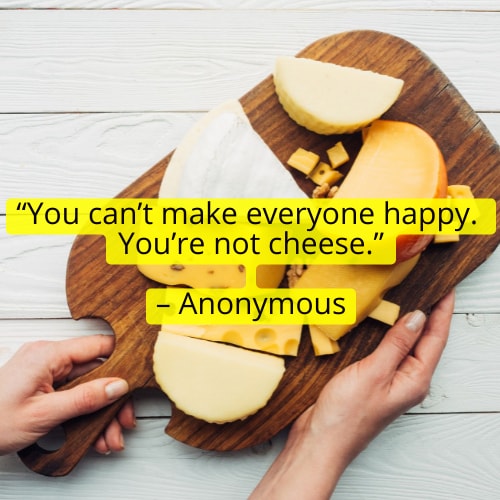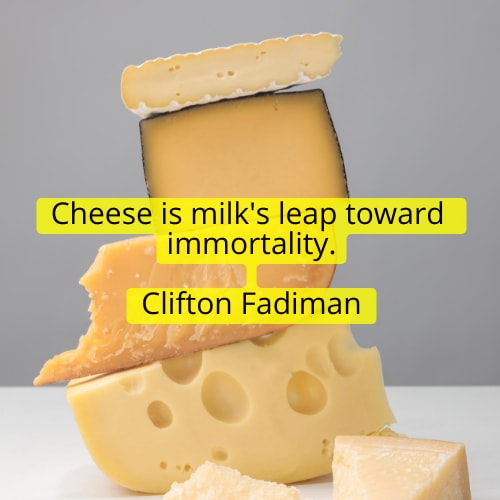Is Blue Cheese Actually Mold?
This beloved blue-veined cheese has some surprising ingredients.
If you love eating cheese, you’ll find that the cheese board offers a wide array of options with a range of colors and textures. One cheese often stands out from a beautifully curated cheese plate with crackers, baguettes, spreads, and preserved meats — blue cheese.
Blue cheese’s unique appearance with colorful marbling makes the variety stand out from the crowd. Many people would say that enjoying blue cheese is an acquired taste; let’s take a look at what is so special about this beloved dairy product.
What Makes Blue Cheese Blue?
Blue cheese is a collective term describing cheeses made with cow’s, goat’s, or sheep’s milk with the blue mold spores Penicillium.
Related: What the Heck Is Curds and Whey?
Once the cheesemakers remove the whey from the cheese mixture, they place the curd into wheels. This is where they inject the penicillium fungus into the cheese and pierce the cheese core with steel needles, exposing the mold to oxygen to grow to form the visible blue veins. Salt is added to prevent spoilage.
The cheese wheel is then cured in a damp and dark environment. Depending on the variety, this process can range from a few weeks to several months.
So, Is It Safe to Eat Blue Cheese?
It is perfectly safe to eat blue cheese, as the digestive process destroys the active spores in the cheese. Keep in mind, though, if you are lactose intolerant or have a milk protein allergy, you should stay away from blue cheese as it contains milk.
Types of Blue Cheese
Each blue cheese variety is unique, offering a distinctive appearance, texture, and pleasantly appetizing flavor and aroma.
These differences come down to the cheesemaking process, the type of penicillium fungus used, the curing process, and how the molds spread and form their marbling pattern.
Dotdash Meredith Food Studios
Get the recipe: Wedge Salad with Blue Cheese Dressing
French Roquefort
This is the first blue cheese on record. The blue…
..


